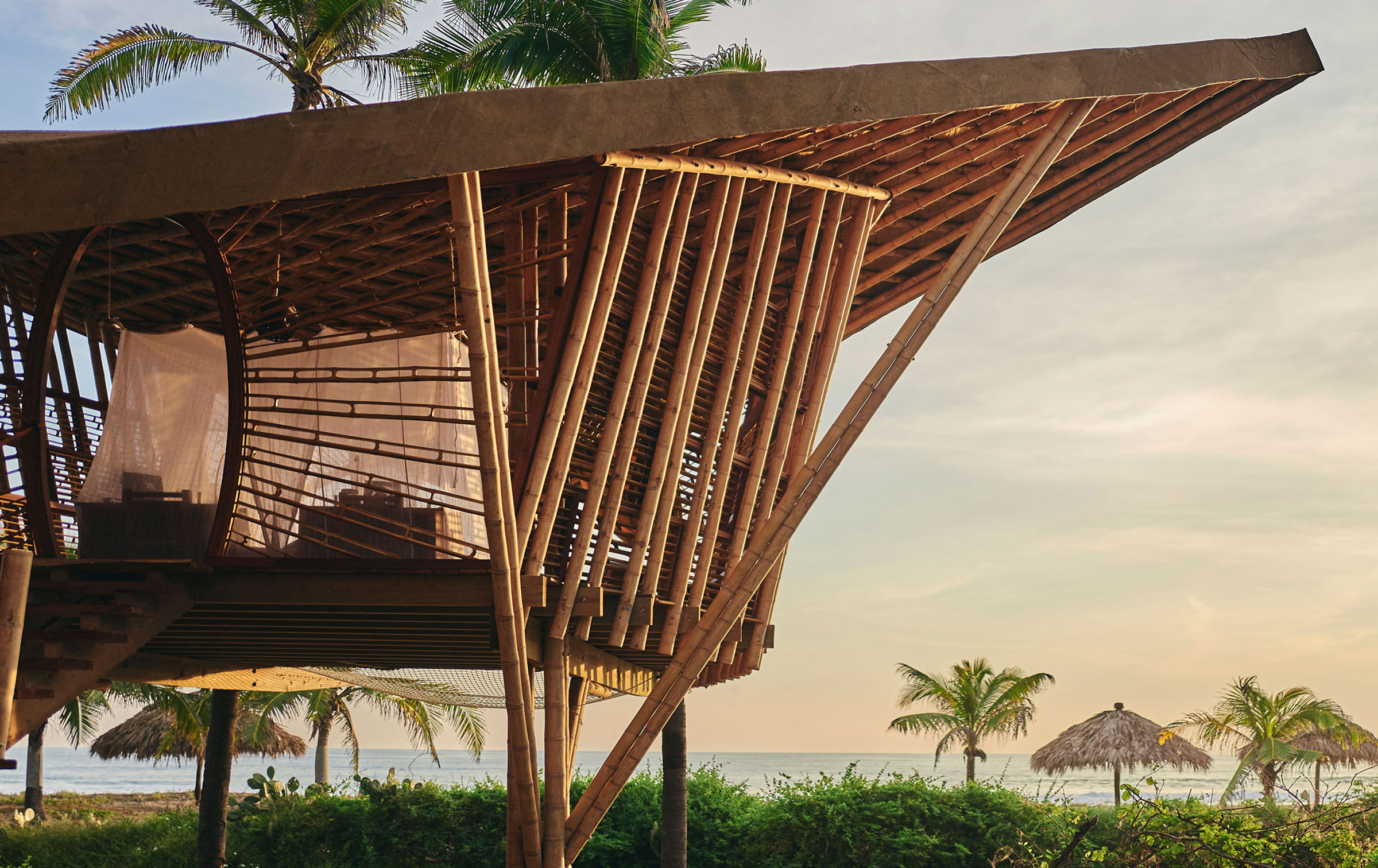
A land of islands, mountains, beaches, and hills, the Japanese landscape is a sight to behold. Combine that with its stunning temples, shrines and historic buildings and you get a mosaic of nature and architecture living together in harmony. Its what makes the nation such a beautiful place to visit and inspiration for the 10 Most Picturesque Towns in Japan.
The Guide
Ōuchi-juku
Ine, 京都府, Japan
Magome, Gifu Ken, Japan
Otaru, 北海道, Japan
Fukuyama, 広島県, Japan
Suganuma Village, 富山県, Japan
Ainokura village, 富山県, Japan
Ogimachi, 佐賀県, Japan
Hida Takayama Ukiyoe Gallery Garon, 岐阜県, Japan
Higashiyamato, 東京都, Japan
The Picturesque Towns
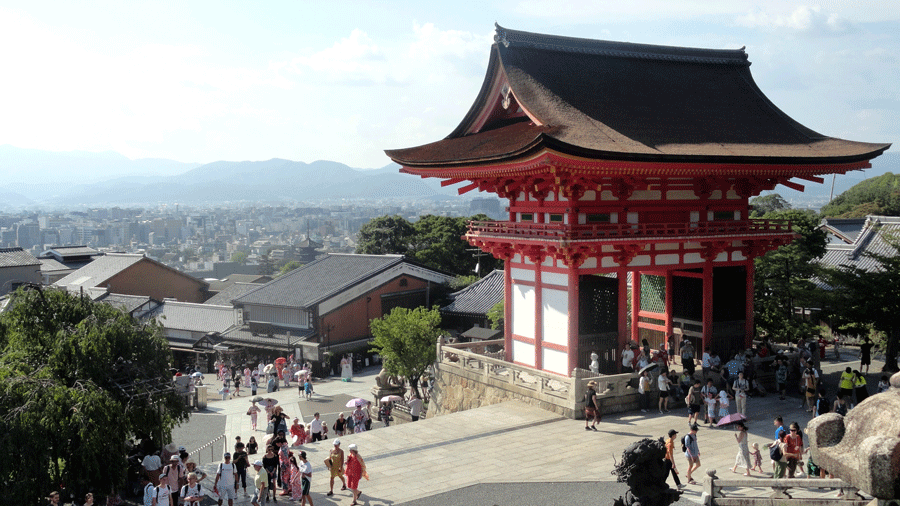
Higashiyama
One of 11 wards in the city of Kyoto, Higashiyama literally means “Eastern Mountain District”. Situated between the Kamo River and the Higashiyama mountain range, it’s famous for the Kiyomizu-dera Temple Complex which was one of 21 finalists for the New Seven Wonders of the World. The stone-paved roads of Ninenzaka and Sannenzaka leading up to the temple are beautifully preserved in the traditional building style.
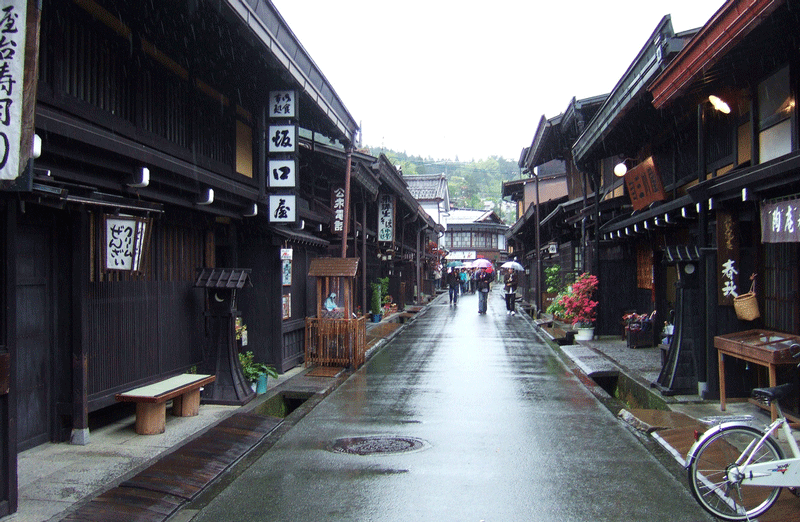
Hida Takayama
Takayama is a small city in Japan’s central prefecture of Gifu. Its name means “tall mountain” and its high altitude and isolated location have allowed it to develop its own unique culture. Its historic centre is full of traditional buildings and hosts a morning market near the river. While you’re there, be sure to visit the Hida Folk Village, an open-air museum of around 30 farmhouses built in the traditional architectural style of rural Japan.
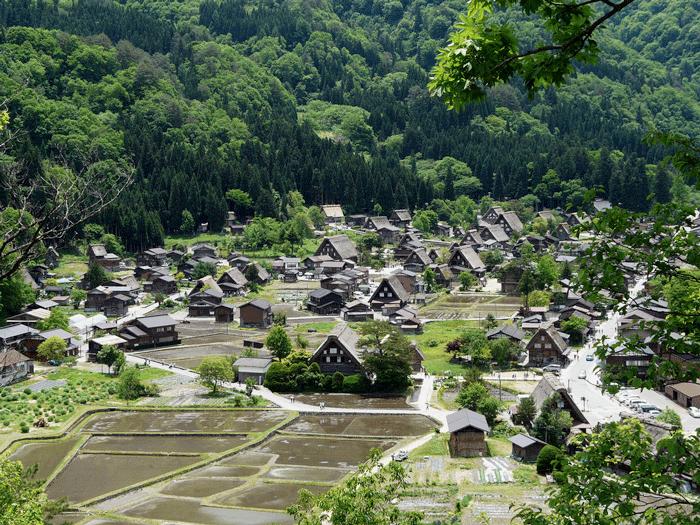
Ogimachi Village
Ogimachi Village is the first of the three historic villages in the greater area of Shirakawa-gō and Gokayama. It is a UNESCO World Heritage Site in the remote Shogawa river valley, stretching across the borders of the Gifu and Toyama Prefectures. Ogimachi was the largest village in the region during the Edo period and is characterized by the 59 remaining farmhouses scattered across the soggy terraces of the Sho River.
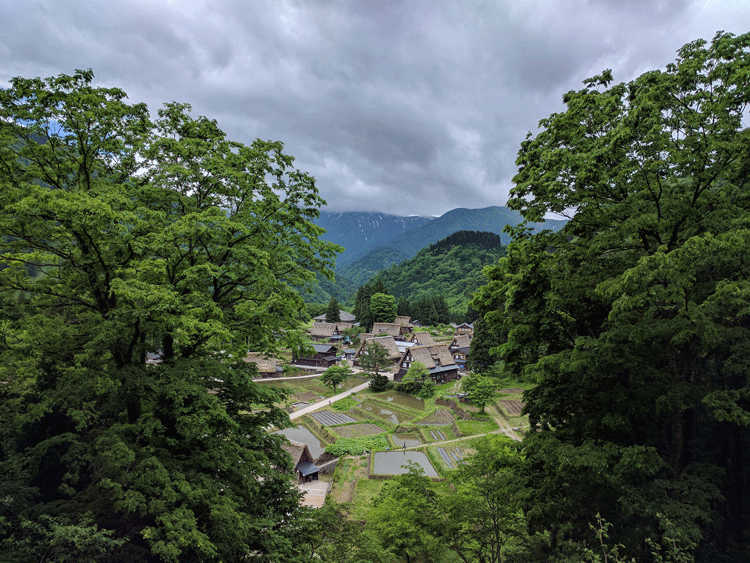
Ainokura Village
The second village we are featuring from Shirakawa-gō and Gokayama is Ainokura. Situated on a high plateau above the Sho River, there are 27 farmhouses that remain in the area. They are built on top of beautiful stone foundations that sit within the elevated terraces and rice fields. The village was originally used for cultivating mulberry trees for silkworm production until the 1950’s when local market forces shifted the production to rice.
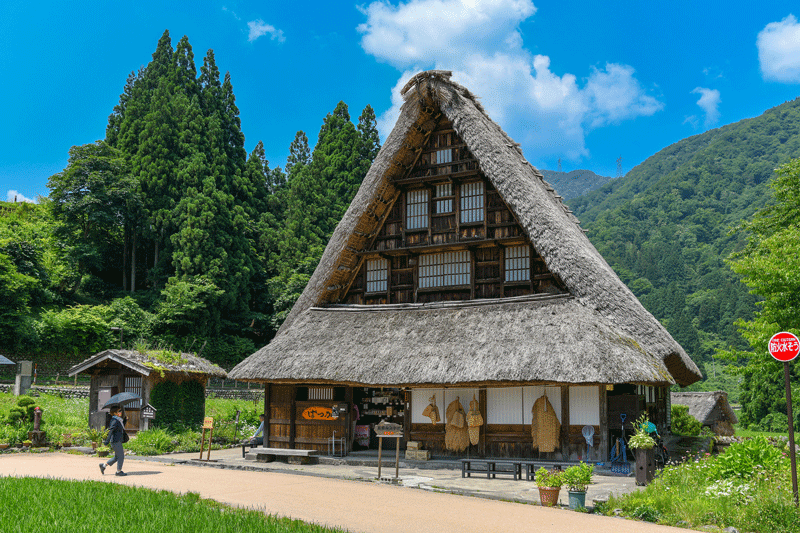
Suganuma Village
Suganuma is the last and smallest of the three villages with just 28 farmhouses and buildings. Like Ainokura, it’s located at an elevated plateau and didn’t require any irrigation to sustain its mulberry tree cultivation. The forests in the surrounding area are also conservation areas as they ensure the villages are protected from snow falling from the mountains.
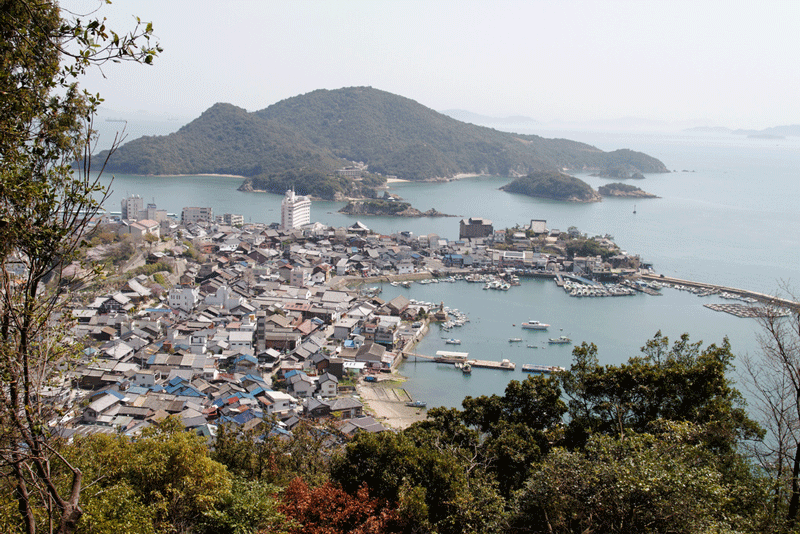
Tomonoura
Tomonoura is a port city in the Ichichi ward of Fukuyama, Hiroshima Prefecture. There are many beautiful temples and shrines in the area but its historic, circular harbour and iconic lighthouse make it a beautiful place to visit. If you love eating fish, Tomonoura is also famous for its fishing of red sea bream.
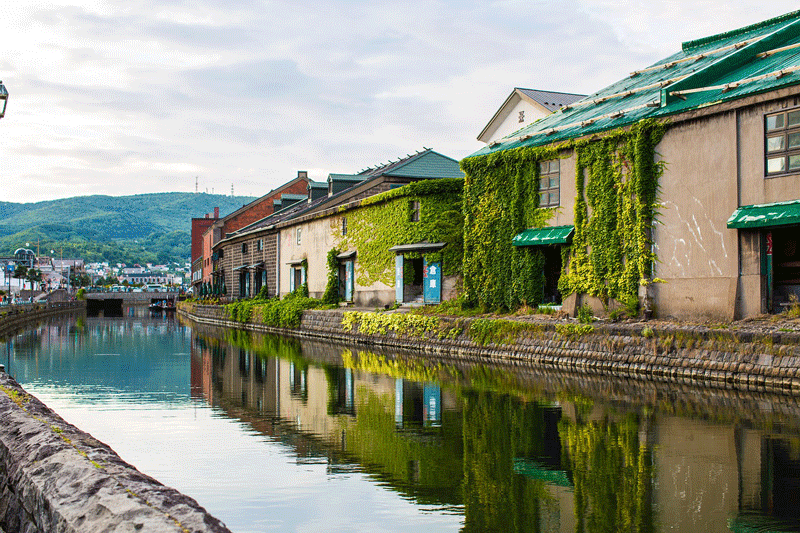
Otaru
A short 25-minute drive from Sapporo, Otaru is an old port city that has transformed into a popular destination for tourists with an eye towards sushi eating. Its most beautiful attraction is an industrial canal that runs through the harbour and the Otaru Beer warehouse that sits next to it.
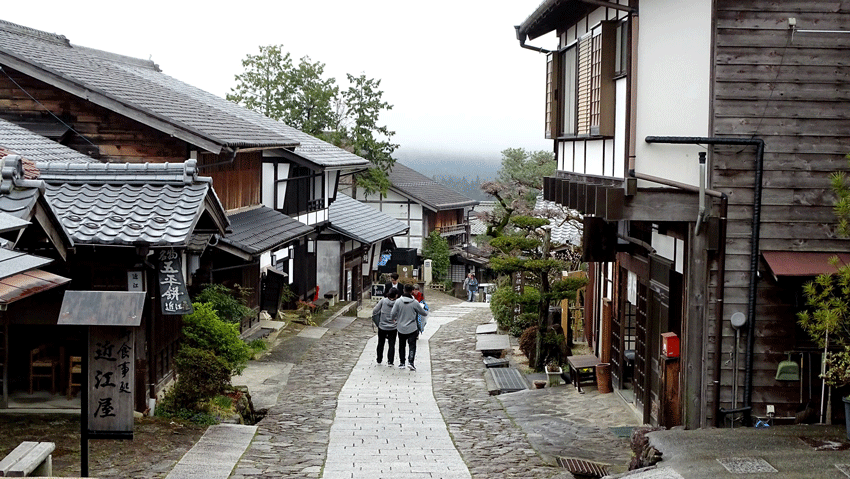
Magome
Magome-juku was the forty-third of the sixty-nine stations of the Nakasendō, an ancient road that connected Kyoto and Edo during the Edo period. The main feature of Magome is its restored houses that line the former post road and runs at a slope between the town’s low and high ends.
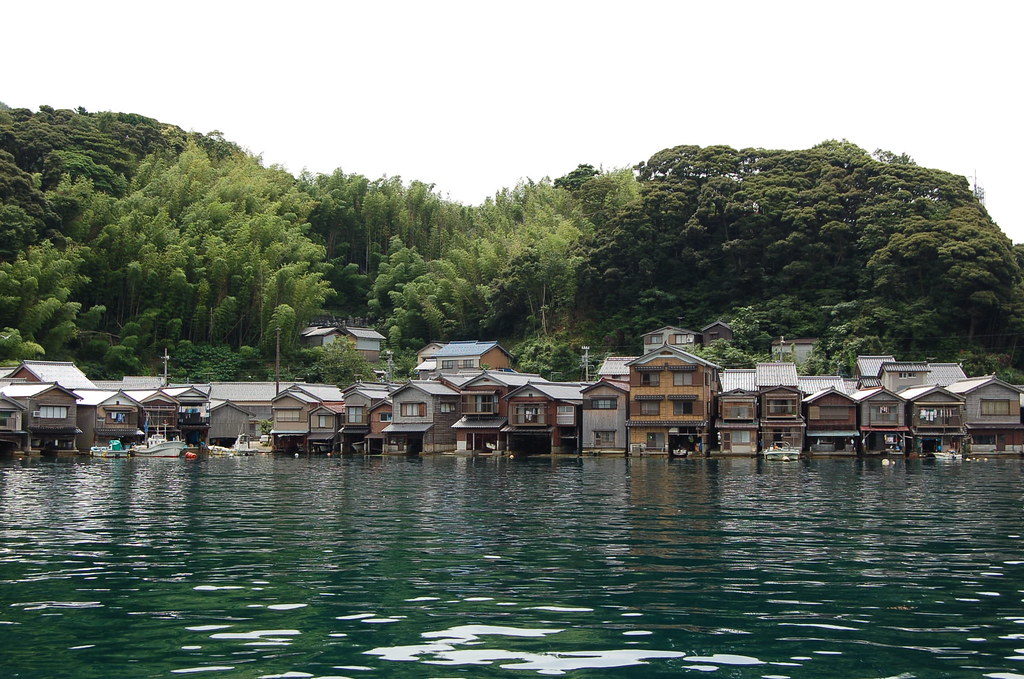
Ine
Ine is a town located in Yosa District, Kyoto Prefecture. It’s famous for its traditional wooden fishing houses called “Funaya”. With a population under 2,000 people, the town’s largest industries are tourism and fishing.

Ōuchi-juku
Ōuchi-juku was an important post station with shops, inns and restaurants for travellers in Japan’s Edo period. It’s famous for its thatched roofs which line the main street and is a popular local tourist destination.




